Researchers at the University of British Columbia (UBC) Okanagan, Canada, have just announced the discovery of the plant mechanism that creates mitraphylline, a rare natural compound with powerful anti-cancer and anti-inflammatory properties.
The work is the result of a collaboration between Dr. Thu – Thuy Dang’s team at UBC Okanagan and Dr. Satya Nadakuduti’s team at the University of Florida (USA), with support from the Natural Sciences and Engineering Research Council of Canada (NSERC), the Canada Foundation for Innovation (CFI), the BC Michael Smith Health Scholars Program, and the US Department of Agriculture’s National Institute of Food and Agriculture (USDA NIFA).
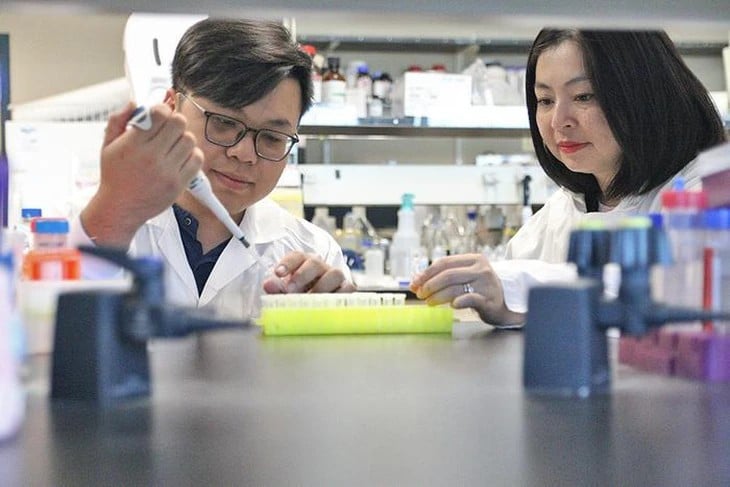
PhD student Tuan-Anh Nguyen (left) and PhD student Thu-Thuy Dang examine plant samples in the lab. Photo: UBC Okanagan
Finding the “missing link” in nature's chain of healing compounds
Mitraphylline belongs to the spirooxindole alkaloid group, a group of molecules with a special “twisted” structure and strong biological effects. Although known for a long time, the process of forming this type of compound in nature remained a mystery until the group of Dr. Thu - Thuy Dang, Head of the Natural Product Biotechnology Research Group at UBC Okanagan, identified the first enzyme capable of “twisting” molecules to create a spiro structure in 2023.
Following that result, PhD student Tuan Anh Nguyen led the next phase and discovered two key enzymes that work together in the synthesis of mitraphylline, one enzyme determines the three-dimensional structure, the other enzyme completes the final twisting step to create the complete molecule.
“This discovery is like finding the missing link in an assembly line. It helps explain how nature creates these complex molecules, and opens the way to mimic that process in the lab,” Dr. Dang shared.
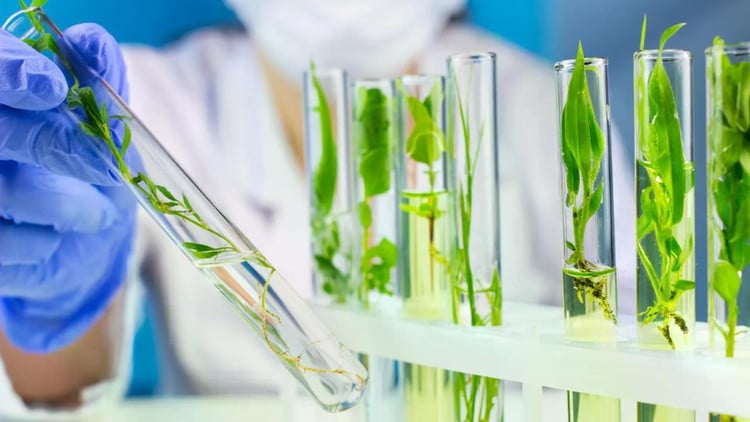
Mitraphylline naturally occurs in very small amounts in certain tropical plants of the coffee family, such as Mitragyna (kratom) and Uncaria (cat's claw). (Source: Shutterstock).
Mitraphylline exists only in trace amounts in certain tropical plants of the Coffee family, such as Mitragyna (kratom) and Uncaria (cat’s claw), making extraction or large-scale synthesis previously extremely difficult and expensive. The identification of two key enzymes has paved the way for more efficient, environmentally friendly production of the natural compound.
According to PhD student Tuan-Anh Nguyen, this is an important step towards green chemistry, which helps create valuable pharmaceutical compounds using biological methods instead of heavy chemistry. This success also reflects the open, collaborative research environment between students and faculty at UBC Okanagan to solve global problems.
Expressing pride in this discovery, a proof that plants are nature's genius chemists, Dr. Dang said that the next step is for her and her research team to find ways to apply these enzymes to create more valuable therapeutic compounds.
The journey to decode nature's "biological factory"
Dr. Thu-Thuy Dang – Dang Thi Thu Thuy, is a former student of biotechnology at the University of Natural Sciences (University of Natural Sciences, Vietnam National University, Ho Chi Minh City).
She studied for a Master's degree and then defended her PhD in molecular biology/biochemistry at the University of Calgary (Alberta, Canada) and completed a postdoctoral research program in Biochemistry at the John Innes Centre (UK).
Recalling the opportunity to pursue a research career, she said that since childhood she had been familiar with the culture of using herbs as folk medicine, and had early exposure to the technique of tissue culture of medicinal plants while still a student. However, the turning point only came when she was in graduate school, when she happened to see a lab next door researching the biosynthesis of natural compounds in plants.
It was then that she realized that, in addition to the basic knowledge of plant physiology that she had learned, there was also a new field where people studied how plants create valuable compounds.
From there, she decided to pursue research to find new genes and enzymes involved in the biosynthesis of alkaloids, a group of compounds with strong biological activity and potential for pharmaceutical applications.
For many years, Dr. Thuy has focused on deciphering alkaloid biosynthetic pathways in plants, using molecular biology, RNA-seq analysis, genomic data, and enzyme structures to understand how medicinal plants produce valuable compounds. She is also the co-author of several patents related to the production of anti-cancer compounds from plants.
“I always wondered why, with just water, light and air, plants can create compounds that can treat complex diseases like cancer?”, she shared. According to her, if each molecule is a house, then the enzymes in plants are the skillful builders. The job of the researcher is to understand what each of these 'builders' does, in what order, so that they can simulate or improve the process that nature has created.
That knowledge is the foundation for her and her colleagues to recreate the process of creating natural active ingredients in the laboratory, helping to reduce the exploitation of precious medicinal plants, limit the use of toxic chemicals, and at the same time open the way to create similar compounds with stronger activity.
At the University of British Columbia (UBC) Okanagan, she founded the Plant Bioactive Compounds Research Laboratory (PlantBioCoRe), which combines biochemistry, chemistry, bioinformatics, and molecular genetics to understand the mechanisms that produce bioactive compounds in herbs.
Her team has achieved many impressive results, including new results on the metabolic pathway of anti-cancer substances from Camptotheca acuminata. This discovery helps create friendly pharmaceuticals, easier to apply clinically, published in international journals, and registered for patents.
Having the opportunity to exchange academic knowledge with domestic researchers, such as at Hanoi University of Pharmacy, University of Natural Sciences, VNU-HCM, or Tay Nguyen Institute of Science, she realized that in Vietnam there are many valuable research projects on medicinal plants.
"I hope to contribute a small part to enriching the knowledge and application of my homeland's plant resources," she shared.
Source: https://khoahocdoisong.vn/nha-khoa-hoc-goc-viet-giai-ma-bi-an-cach-cay-co-tao-hop-chat-chong-ung-thu-post2149060401.html










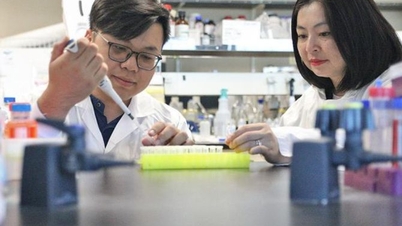






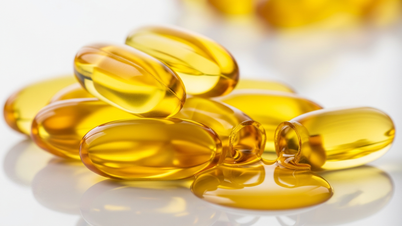
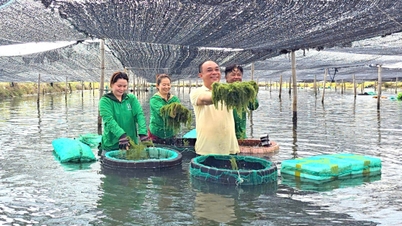



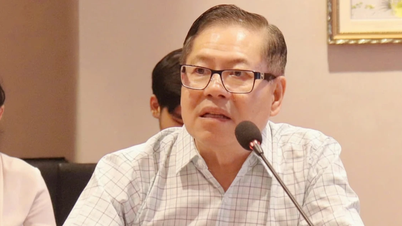



















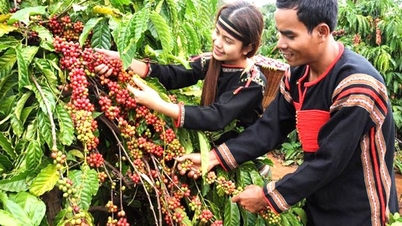


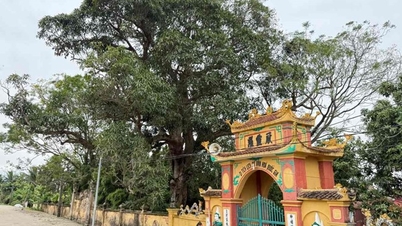

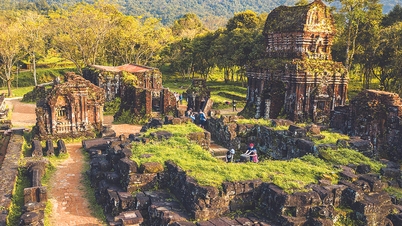


















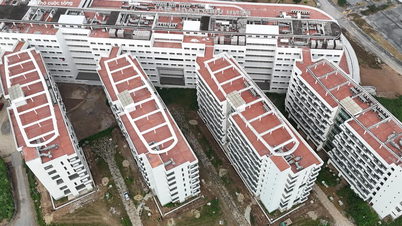

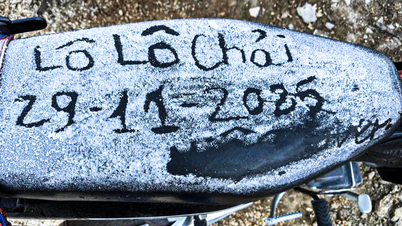





















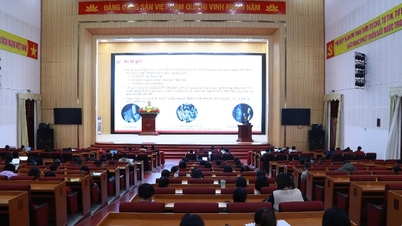












Comment (0)